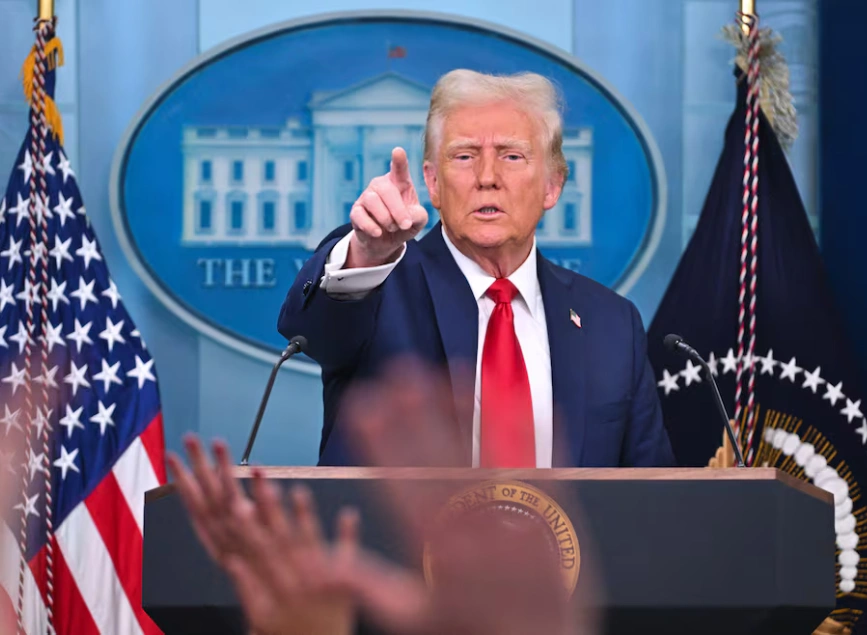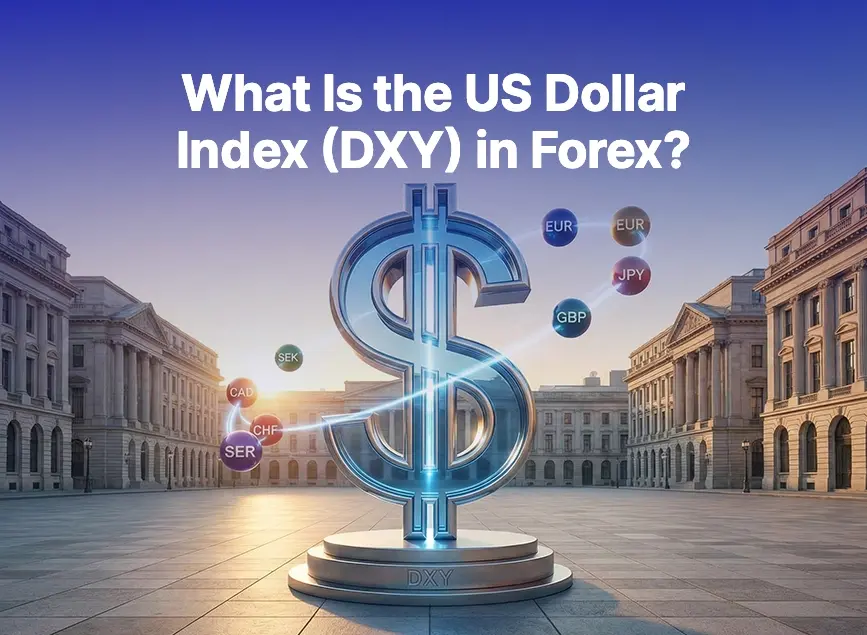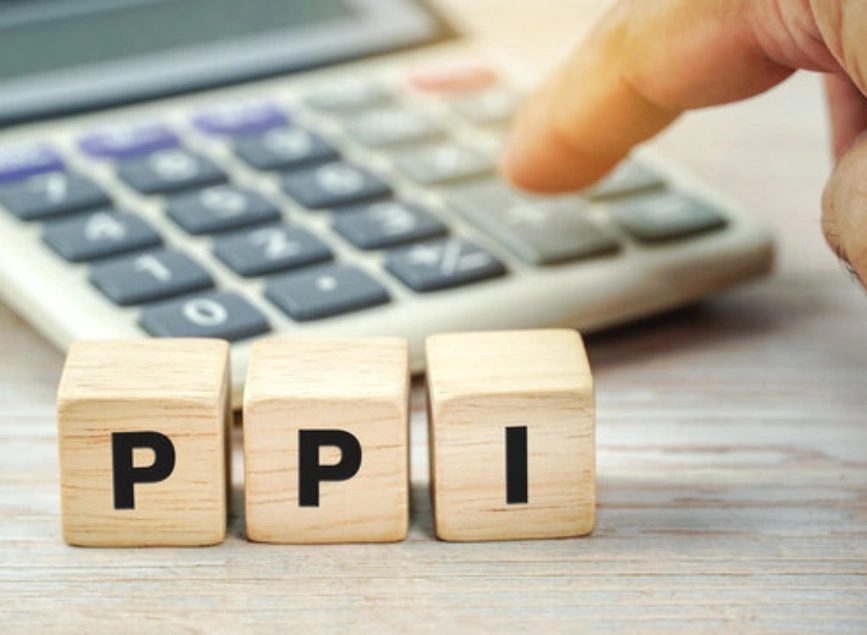
Trump Sends Tariff Letters and Extends Deadline for Tariffs
Former President Donald Trump has sent official tariff notification letters to 14 countries and signed an executive order extending the deadline for the Trump tariff deadline from July 9 to August 1. This Trump tariff deadline extension marks a strategic escalation in his administration’s push to correct trade imbalances while providing a final negotiation window.
Key Takeaways on Tariff Letters & Deadline Extension
- Letters issued to 14 nations, including Japan, South Korea, Malaysia, Kazakhstan, and South Africa, warning of tariff rates between 25–40%.
- Deadline extended from July 9 to August 1, giving negotiators more time.
- Tariff rates vary: 25% on Japan/S. Korea; up to 40% on Laos, Myanmar; additional 10% for BRICS-aligned countries.
- Market response: U.S. stocks fell ~0.8–0.9% on Monday with heightened volatility.
- Negotiations ongoing: Talks with EU, UK, Vietnam, China, Japan, South Korea continue as nations scramble to avoid tariffs.
Why the Extension Matters
By pushing the deadline to August 1, the administration signals a preference for resolving trade issues through negotiation rather than immediate enforcement. However, maintaining tariff pressure keeps economic uncertainty afloat, influencing corporate investment timelines and consumer confidence
The letters, published on Truth Social, assert that any retaliatory tariffs will trigger automatic increases, reaffirming Trump’s commitment to leverage total trade relief.
Trade & Financial Snapshot 📊
| Measure | Status / Change | Notes |
|---|---|---|
| Tariff Deadline | Extended to August 1 | Delayed from July 9 for negotiation buffer |
| Countries Targeted | 14 major economies + BRICS-linked nations | Includes Japan, South Korea, South Africa, Laos |
| U.S. Stock Market Reaction | Dow, S&P, Nasdaq down ~0.8–0.9% | Indicates risk-off sentiment |
| Investor Sentiment | Desensitized, expecting negotiations lead to deals | Recovery from April tariff shock |
Impact on Markets and Trade Relations
The extension offers temporary relief for import-dependent businesses, while escalating tariff stakes continues to pressure strategic industries like auto, steel, and agriculture. Currency markets have responded cautiously, reflecting underlying trade anxieties.
Global manufacturing centers such as Japan, South Korea, Malaysia, and South Africa are entering intensive negotiation phases with U.S. officials. The EU has yet to receive tariff letters, suggesting it’s next in line for negotiation.
Read More: Trump Family-Backed American Bitcoin Raises $220M
What Comes Next?
Now that the countdown to August 1 has begun, market participants and governments will focus on the outcome of trade negotiations. The U.S. Treasury, led by Scott Bessent, expects several announcements, especially with key partners like the EU, China, and India.
💬 What do you think about Trump’s tariff letters and the deadline extension? Share your thoughts below and follow us for evolving trade developments! 🌍🔄
Share
Hot topics

What Is the US Dollar Index (DXY) in Forex?
If you’ve spent any time exploring global markets, you’ve certainly heard about the US Dollar Index, known as DXY. For many beginner traders, it appears to be one of those...
Read more




Submit comment
Your email address will not be published. Required fields are marked *